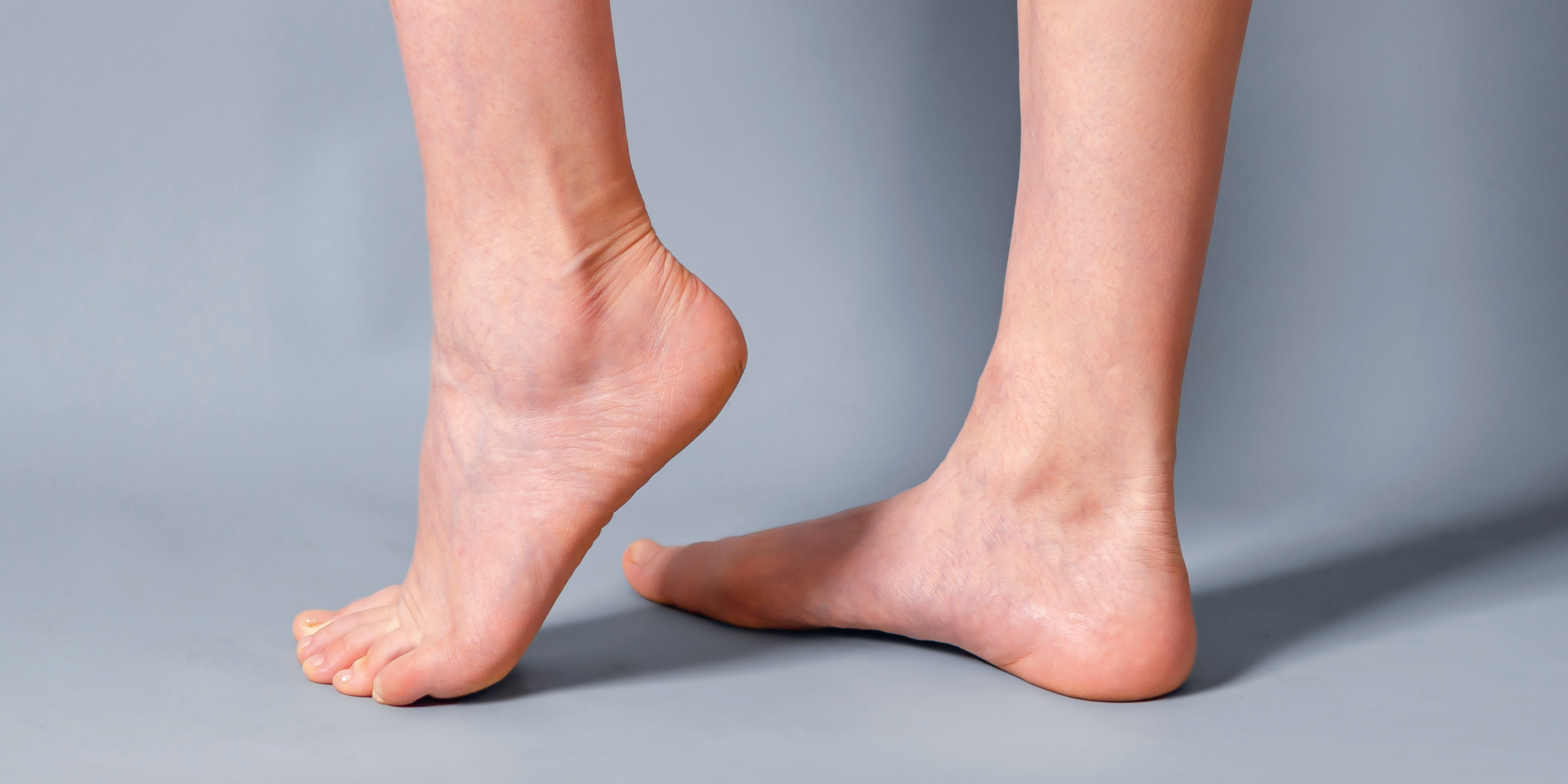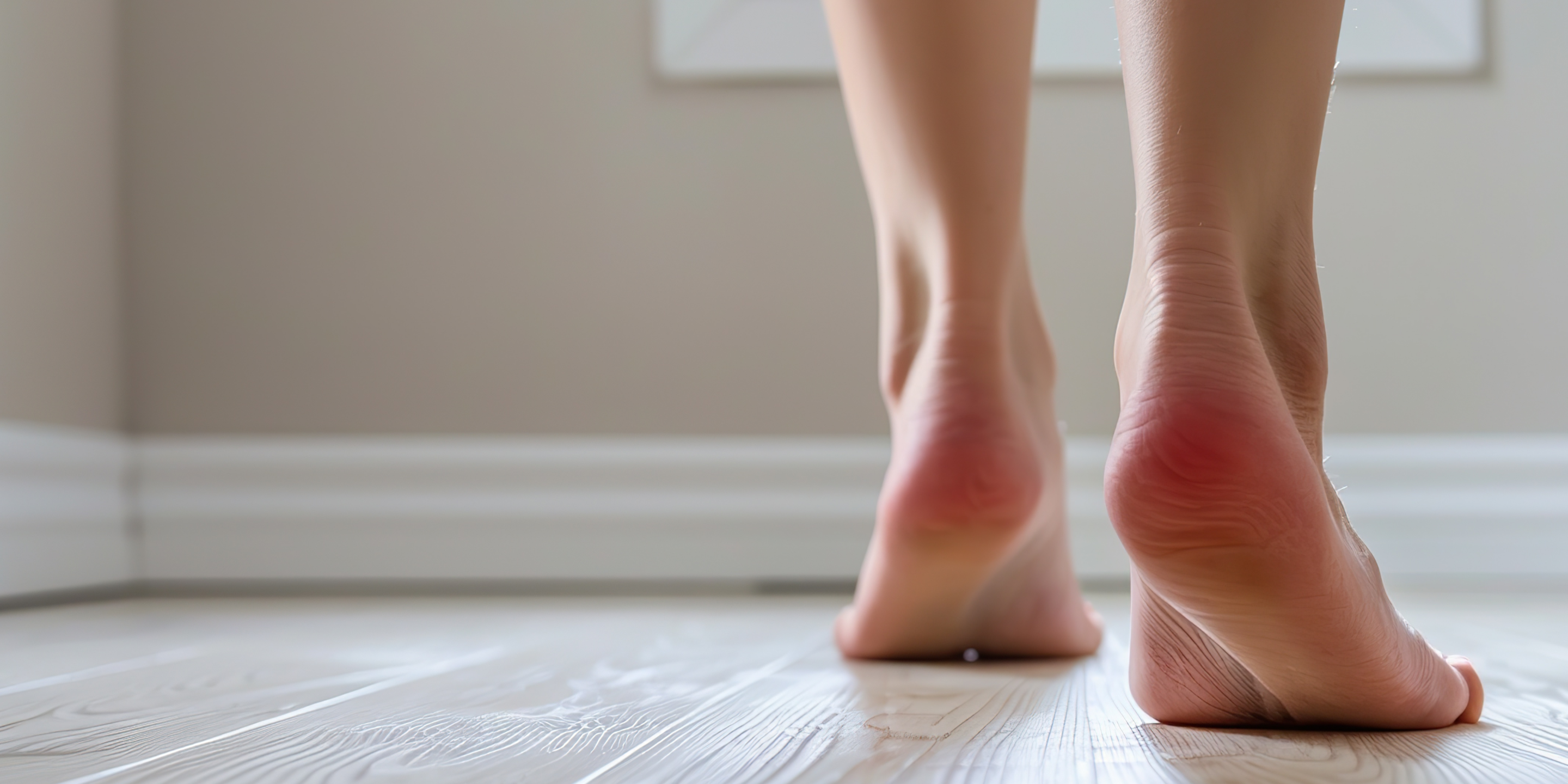Heel Spurs: 5 Important Things to Know
Heel spurs can be a real pain—literally. If you’re dealing with sharp pain in your heel, especially when you walk or stand for long periods, you might have a heel spur. This blog will explain what heel spurs are, their symptoms, how they are diagnosed, the risk factors that contribute to them, treatment options, and preventive tips. Let’s dive in.
What Are Heel Spurs?
Heel spurs are bony growths that form on the underside of the heel bone, also known as the calcaneus. They develop when there’s excessive stress or strain on the foot, causing calcium deposits to build up. This process is often triggered by chronic inflammation in the plantar fascia, a thick band of tissue connecting your heel to your toes. Heel spurs can form over months or years and may not always cause pain, but when they do, the discomfort can be intense.
Symptoms and Diagnosis
Symptoms
The most common symptom of heel spurs is a sharp pain in the heel, which is usually worse when you take your first steps in the morning or after a long period of rest. Other symptoms include:
- Pain during walking or standing: This discomfort can worsen with prolonged activity.
- Swelling and redness: In some cases, the affected area may be visibly swollen or feel warm.
- Stiffness: This can occur, especially after waking up or sitting for an extended time.
Diagnosis
To diagnose heel spurs, doctors typically start with a physical examination to assess foot structure and identify any visible signs of stress. X-rays are the most common imaging tool used to confirm the presence of heel spurs and determine their size and location. Additional diagnostic methods, such as MRI or CT scans, might be used to rule out other possible causes of heel pain.
Causes and Risk Factors
Heel spurs develop due to prolonged stress on the foot, but what causes this stress? Here are some common risk factors:
- Overuse or Repetitive Stress: This can occur in athletes or people whose jobs require long hours of standing or walking.
- Improper Footwear: Shoes that lack proper support can lead to abnormal foot mechanics, contributing to heel spurs.
- Age-Related Changes: As you age, the fat pad under your heel might thin, leading to more stress on the heel bone.
- Medical Conditions: Conditions like plantar fasciitis or arthritis can increase the risk of heel spurs.
- Foot Structure: Having flat feet or high arches can lead to improper foot alignment, increasing stress on the heel.
Treatment Options
There are various treatment options for heel spurs, ranging from conservative approaches to surgical interventions, depending on the severity of the symptoms and the underlying cause.
Conservative Treatments
- Rest, Ice, and Elevation (RICE): This classic approach helps reduce inflammation and pain.
- Orthotic Inserts: Custom orthotic inserts can provide the necessary support and improve foot alignment.
- Physical Therapy: Exercises aimed at strengthening foot muscles and improving flexibility can reduce stress on the heel.
- Nonsteroidal Anti-Inflammatory Drugs (NSAIDs): Medications like ibuprofen or aspirin can help reduce inflammation and manage pain.
- Corticosteroid Injections: For severe pain, corticosteroids can provide temporary relief from inflammation.
Advanced Treatments
- Surgical Options: Surgery is typically a last resort. It may involve releasing the plantar fascia or removing the spur itself if other treatments don’t provide relief.
Prevention and Lifestyle Tips
Preventing heel spurs and managing symptoms requires a combination of proper footwear, healthy lifestyle choices, and preventive measures. Here are some practical tips:
- Choose Supportive Footwear: Look for shoes with adequate arch support and cushioning. Avoid high heels or shoes with minimal support.
- Limit High-Impact Activities: Reduce activities that put excessive strain on the feet, such as running on hard surfaces.
- Maintain a Healthy Weight: Excess weight can increase pressure on the feet and heels.
- Stretch and Warm-Up: Incorporate stretching exercises into your daily routine to maintain flexibility.
- Replace Worn-Out Shoes: Ensure your shoes offer proper support and cushioning by replacing them when they are worn out.
- Use Orthotic Inserts: If you have foot structure issues, orthotic inserts can help maintain proper alignment.
- Seek Professional Help: If you experience persistent heel pain, don’t hesitate to seek medical attention. Early diagnosis can prevent complications and lead to more effective treatment.
If you’re experiencing persistent heel pain or discomfort, don’t suffer in silence. Reach out to our podiatrists for a thorough evaluation. A proper diagnosis and a personalized treatment plan can make a significant difference in your comfort and quality of life. Contact our foot and ankle specialists today to schedule an appointment and take the first step toward a more comfortable, pain-free future.


